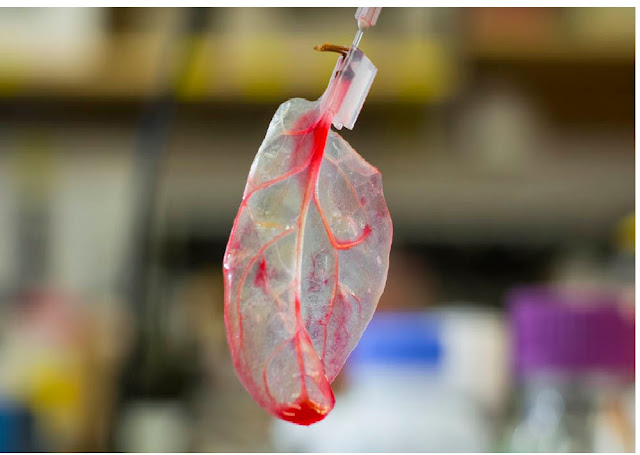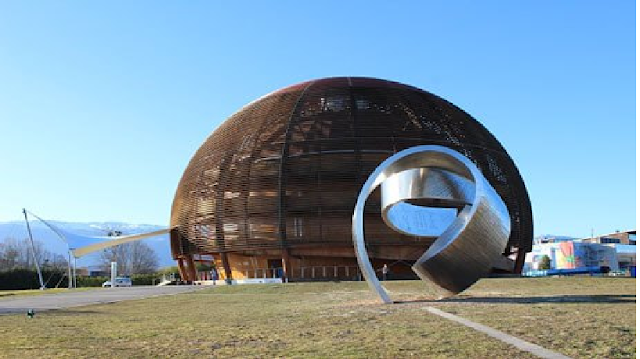Switch flipped on UK’s newest tokamak fusion reactor / Accensione del nuovo reattore di fusione Tokamak del Regno Unito.
Switch flipped on UK’s newest tokamak fusion reactor / Accensione del nuovo reattore di fusione Tokamak del Regno Unito. Segnalato dal Dott. Giuseppe Cotellessa / Reported by Dr. Giuseppe Cotellessa The ST40 (© Tokamak Energy) Oxfordshire-based Tokamak Energy has fired up its latest fusion reactor for the first time and aims to reach temperatures of 100m degrees Celsius next year. Known as the ST40, the reactor represents the third of five stages in the company’s plan to deliver fusion energy to the grid by 2030. Controlled fusion requires temperatures in excess of 100m°C, but this has never been achieved by a privately funded company. To reach that goal, Tokamak Energy is focusing on compact, spherical tokamak reactors, as it believes they are quicker to develop and offer the quickest route to commercial fusion power. “Today is an important day for fusion energy development in the UK, and the world,” said Dr David Kingham, CEO of Tokamak Energy. “


